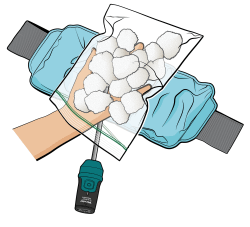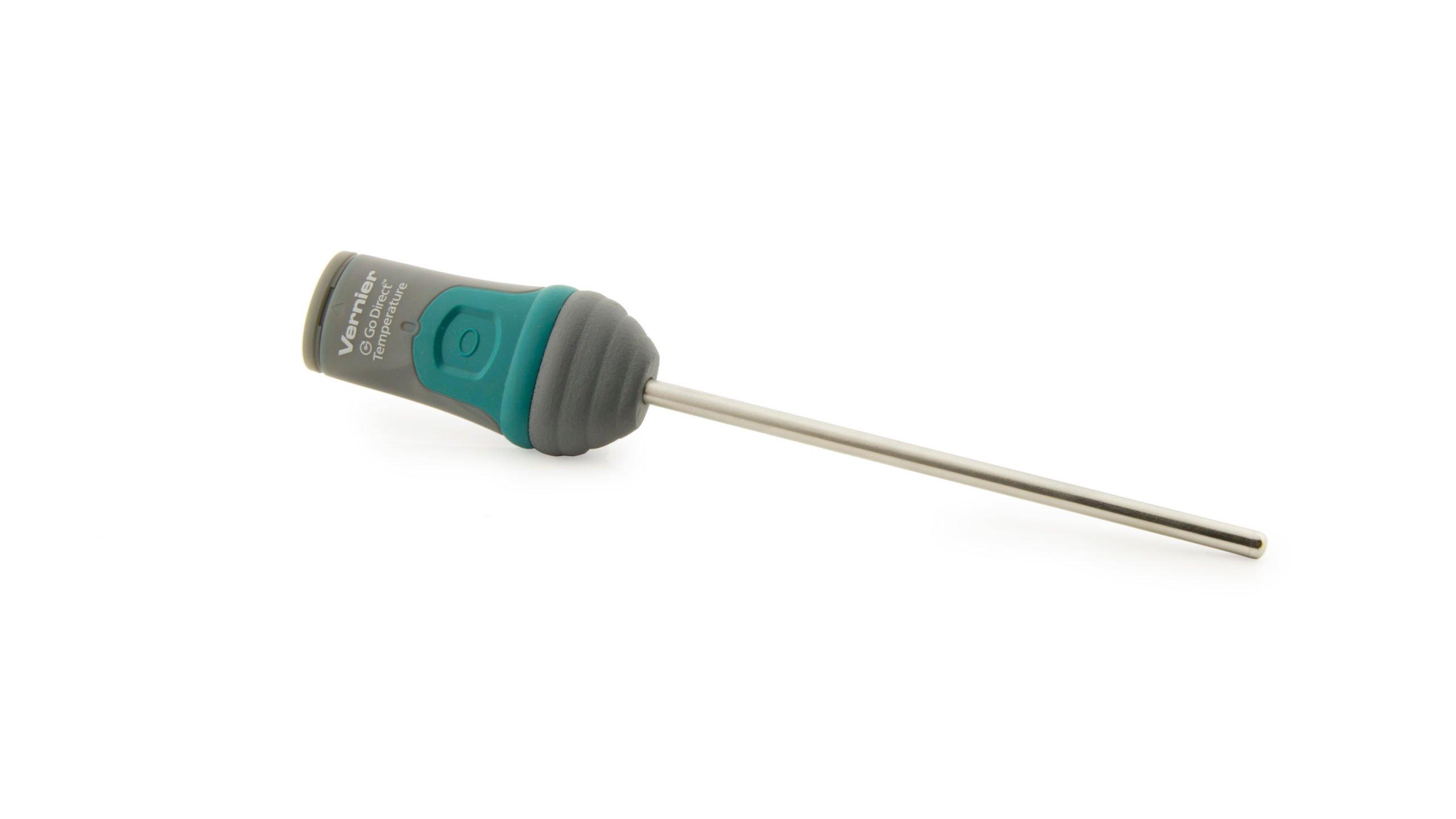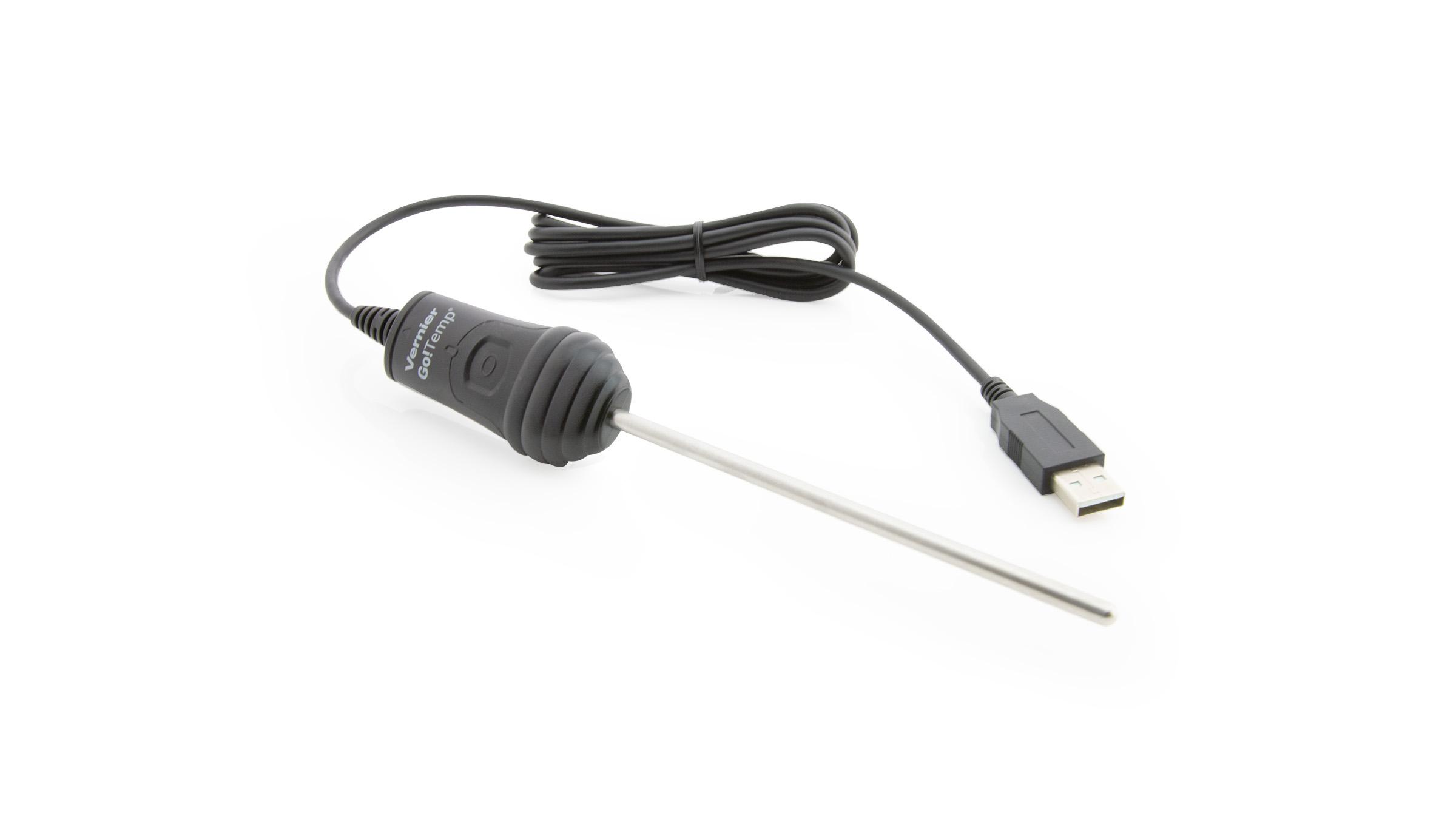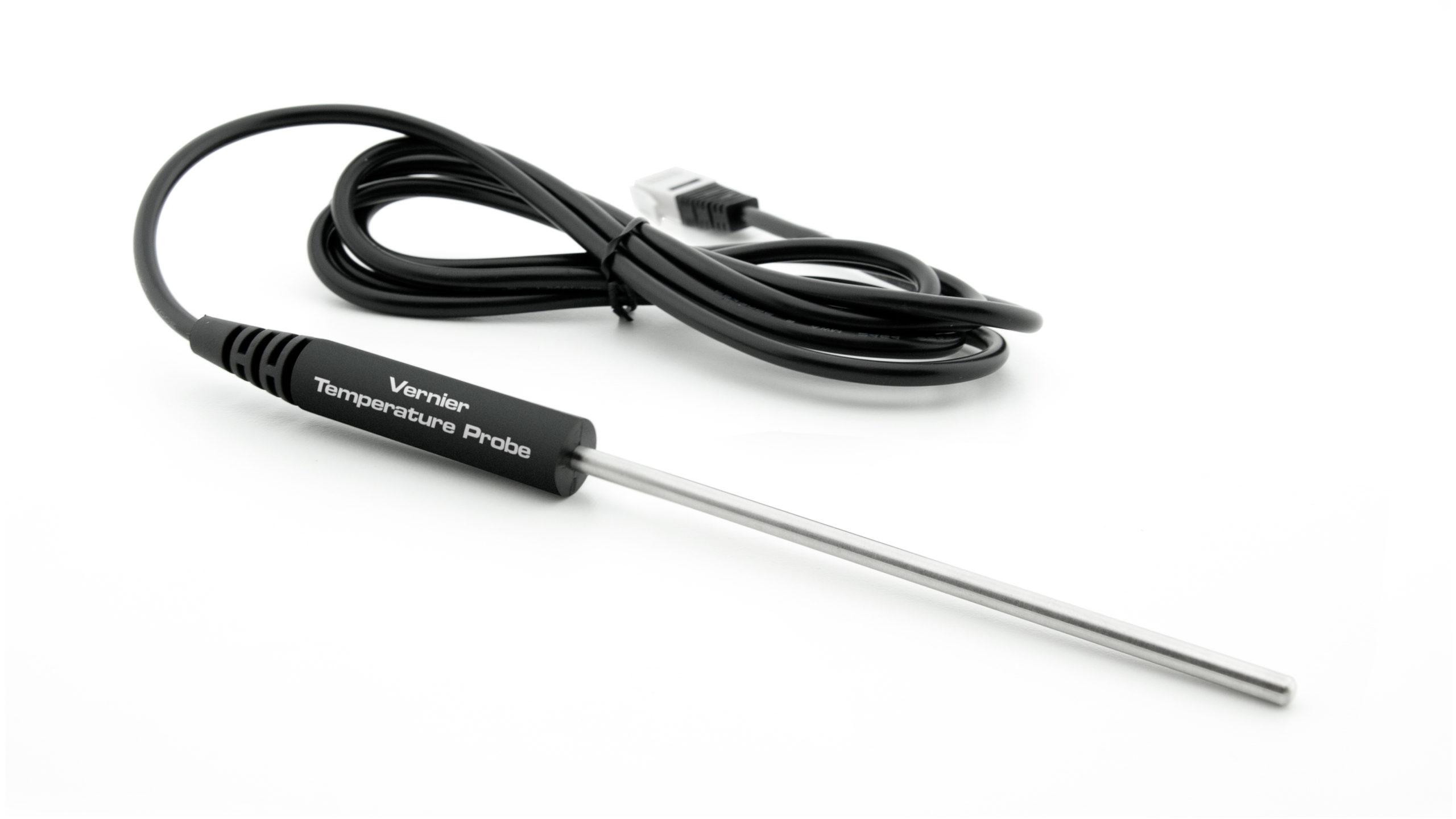
Introduction
Humans create their own body heat by eating and then converting food and body fat into other forms of energy, including heat energy. Our bodies are also affected by the temperature of our surroundings. In a process called conduction, heat always travels from a warmer area to a cooler area. Sometimes our body is the warmer area; sometimes it is the cooler area.
This effect of the external temperature explains why we wear different types and amounts of clothing in different seasons. To minimize the loss of heat from our bodies during the winter, we wear warm clothes and lots of layers. To help us eliminate heat from our bodies in hot weather, we wear clothes made of light, thin material.
Insulators minimize the flow of heat from warmer areas to cooler ones. The better the insulator, the less the temperature will change over a certain time period because it takes longer for the heat to be conducted through the insulator.
Objectives
In this activity, you will
- Compare mittens made of plastic baggies containing different types of insulation.
- Determine how long would it take for a person’s hand to get cold wearing different kinds of mittens.
- Use graphs to get information about the different materials’ performance.
Sensors and Equipment
This experiment features the following sensors and equipment. Additional equipment may be required.
Option 1

Option 2

Ready to Experiment?
Ask an Expert
Get answers to your questions about how to teach this experiment with our support team.
- Call toll-free: 888-837-6437
- Chat with Us
- Email support@vernier.com
Purchase the Lab Book
This experiment is #3 of Elementary Science with Vernier. The experiment in the book includes student instructions as well as instructor information for set up, helpful hints, and sample graphs and data.


